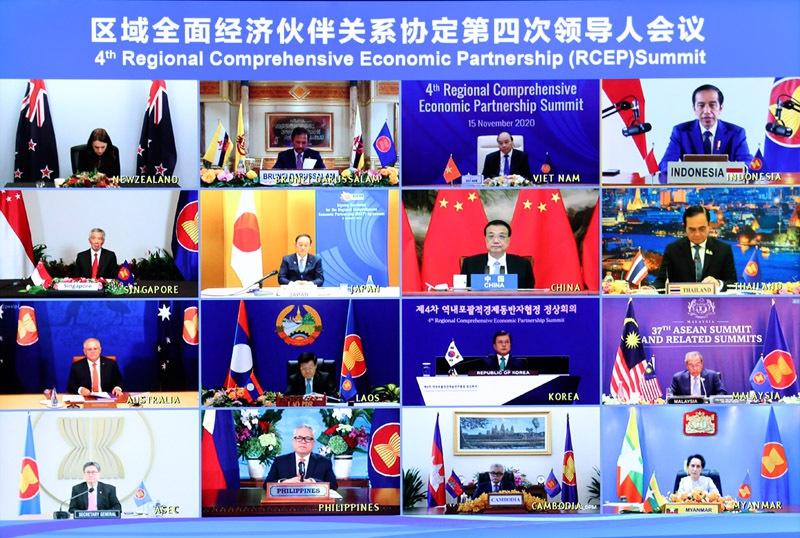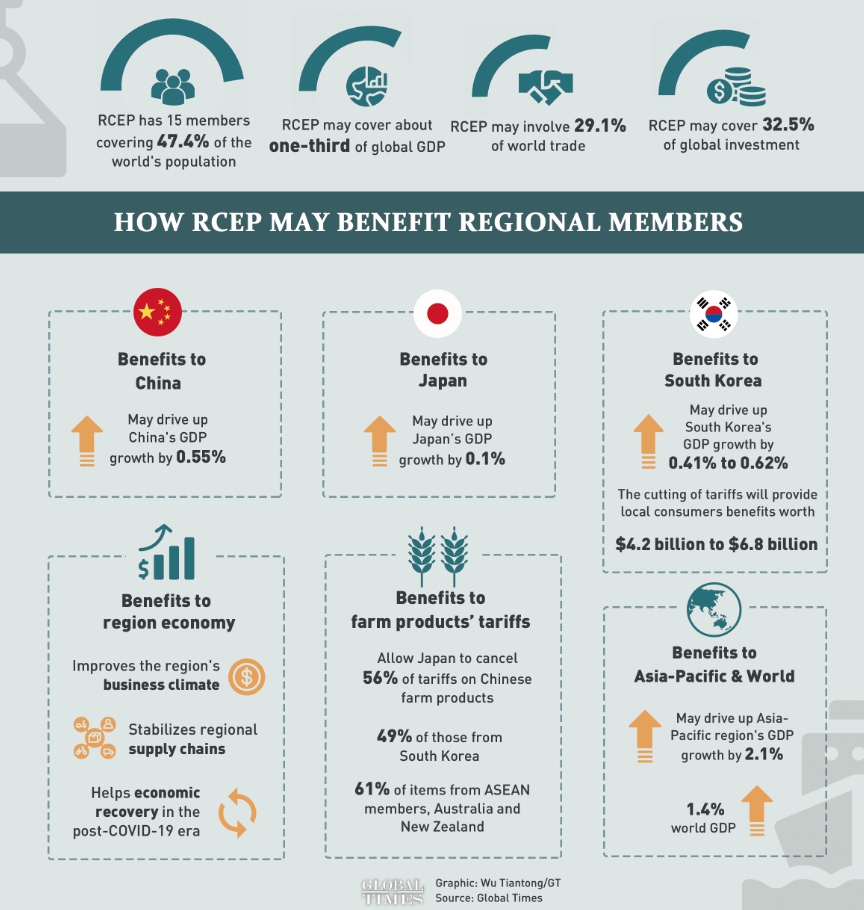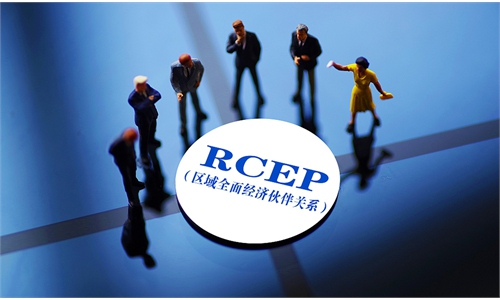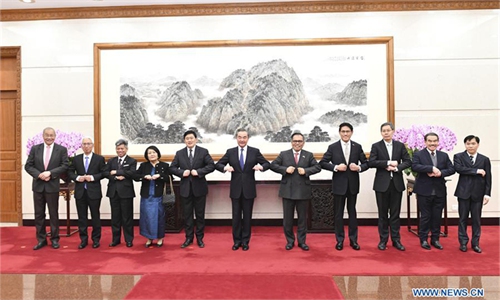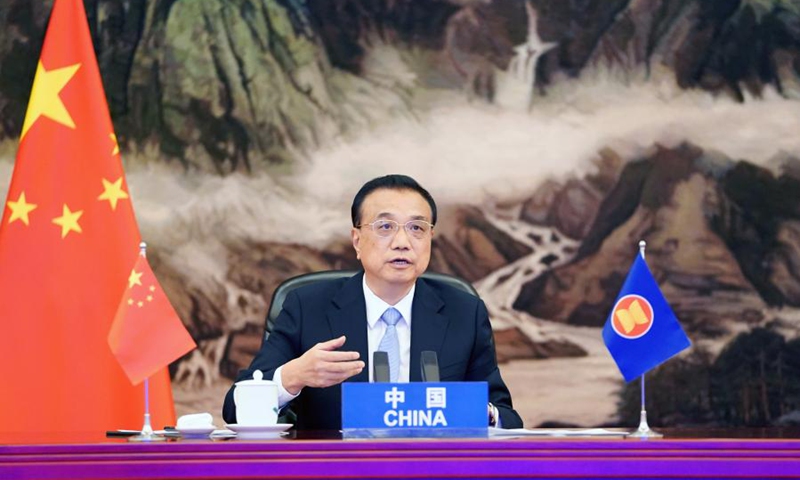CRITICS have always argued that South Korean presidents all have one serious flaw in common: They fill government posts with people from their own political faction or election ca
mp only, regardless of their abilities. As a result, amateurs have run the country, making numerous, sometimes fatal mistakes.
Of course, there have been some outstanding, competent ministers. However, they often could not extend their abilities to their full capacity, blocked by a bunch of amateurs who wielded political power surrounding the president. If Korean presidents had appointed truly capable people to their Cabinets, South Korea would be a much more advanced nation today.
A great leader should have a vision for the future, not a fixation on grudges from the past. Someone who is too preoccupied with past grievances can never become a great leader.
More importantly, a great leader should transcend the gravity of his or her own faction, embracing a “rainbow coalition” of different people. Therefore, a great leader is one who can appoint capable people to important posts regardless of their political stance. And if a leader appoints an able person but does not listen to them, that leader too is not a good leader.
The late Steve Jobs, former CEO of Apple, offered sound advice for all leaders when he said, “It doesn’t make sense to hire smart people and then tell them what to do; we hire smart people so they can tell us what to do.”
Likewise, the president of a country should also appoint smart, capable men and women, and then listen to them and support them.
To the leader who does not like smart people and favours flattering, incompetent people instead, David Ogilvy, founder of renowned PR and marketing firm Ogilvy & Mather, has this to say: “If each of us hires people who are smaller than we are, we shall become a company of dwarfs. But if each of us hires people who are bigger than we are, we shall become a company of giants.”
A nation’s leader, too, can turn his or her country into a place of dwarfs if he or she does not appoint smart, competent people.
To the leader who only likes his/ her own kind from his/her own faction, the great Honda Soichiro of Honda Motor Co admonished, “If you hire only those people you understand, the company will never get people better than you are. Always remember that you often find outstanding people among those you don’t particularly like.”
That is why a great leader should not hesitate to appoint capable people to the Cabinet, even if they are not “one of our own”.
In a sense, the president of a country is like the president of a company. Both should have competent staff members to make their institutions flourish. The only difference between the two is that unlike a company president, a nation’s president should be diplomatic and embrace even political dissidents. If the president of a nation wants to work with ideological followers, school friends or hometown associates only, he or she cannot become a great leader and will consequently ruin the country.
At Seoul National University (SNU), I led three major institutions for eight years. At each institution, I appointed truly able specialists to help me run the institutions successfully. In fact, I helped them work freely to the full because they, not I, were the experts in their fields. Thanks to these extremely competent experts, my institutions thrived as among the best SNU institutions.
However, problems occurred when the administrative assistant, whom the university appointed, worked clumsily. For example, once my administrative assistant reported to me that since we needed more space, we should close down the big office for emeritus professors. As I had just taken office and did not know the situation well enough, I consented without giving it much thought. Alas! That was a bad idea and a fatal mistake.
You never disappoint or maltreat emeritus professors under any circumstance; they deserve our full respect and esteem. Unfortunately, I was too young to know it and, unwittingly, I became the target of harsh criticism due to the thoughtless administrative assistant. At that time, I came to realise how important it was to have smart, thoughtful staff members.
Recently, Koreans have become concerned about the country being divided into two main competing presidential election camps ahead of elections in 2022. If the newly-elected president follows in the footsteps of predecessors and appoints these partisans to important government posts despite their ineptitude and incompetence, South Korea will never be able to put an end to the evil cycle of nepotism. And amateurs will ruin the country once again.
We strongly hope that the new president finds and appoints truly capable professionals to his or her Cabinet and secretariat, regardless of their political background. Only then can South Korea be on the right track and prosperous. – The Korea Herald/asia News Network
By KIM SEONG-KON, A Professor emeritus of English at Seoul Nntional University and a visiting scholar at Dartmouth College, United States.
Related posts:
S. Korea halts quarantine exemptions amid record virus cases




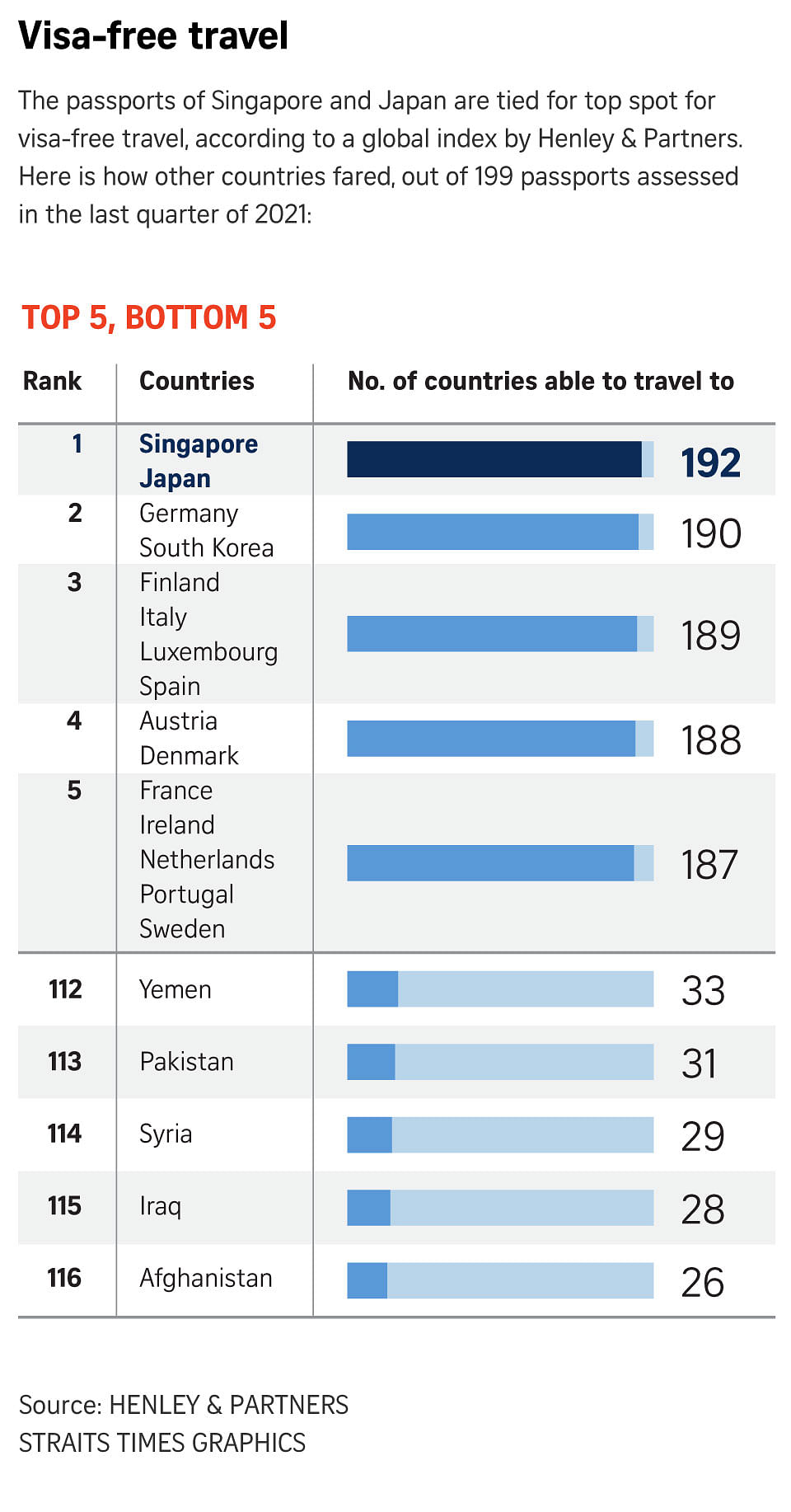


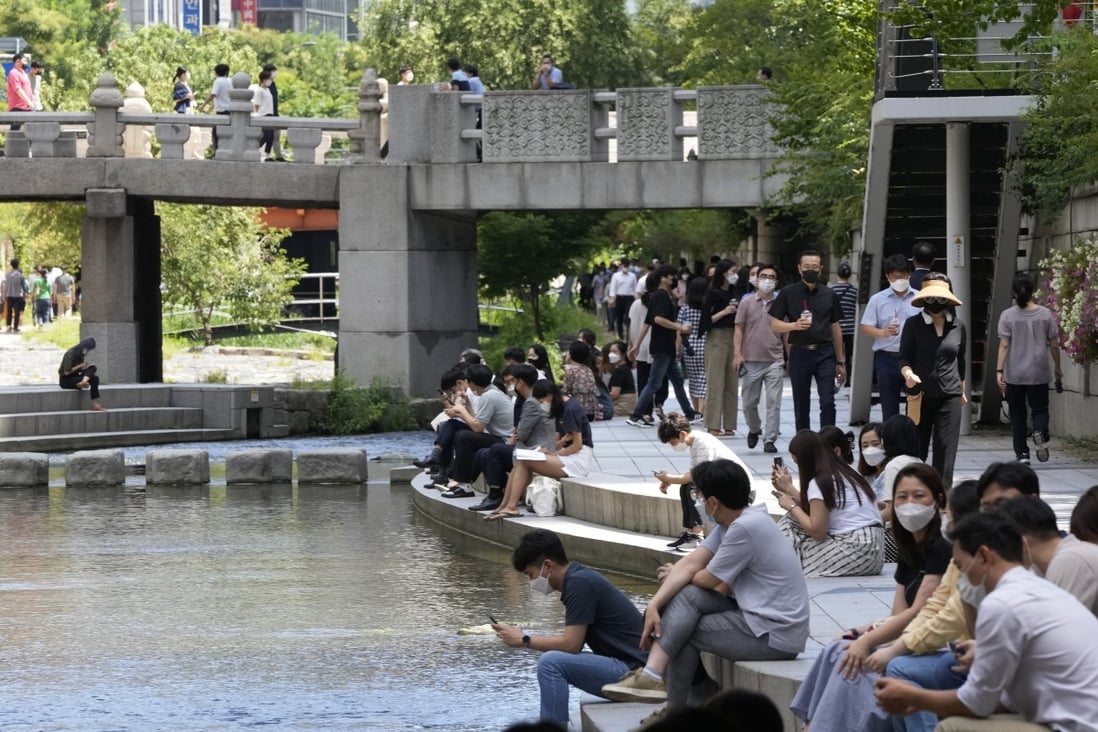










 Economic solidarity: Asia-Pacific leaders attending the fourth RCEP meeting as part of the 37th Asean Summit in Hanoi, Vietnam, last week. — Reuters
Economic solidarity: Asia-Pacific leaders attending the fourth RCEP meeting as part of the 37th Asean Summit in Hanoi, Vietnam, last week. — Reuters


